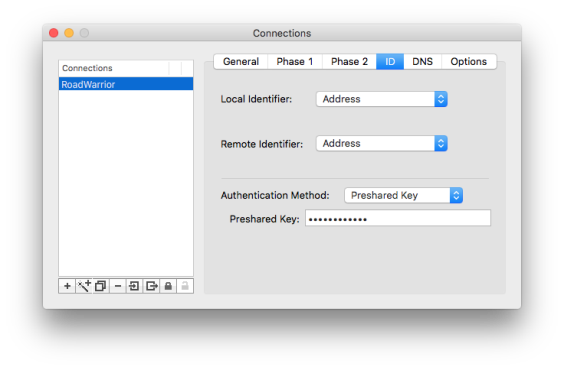
- #Ipsecuritas howto netgear install#
- #Ipsecuritas howto netgear 64 Bit#
- #Ipsecuritas howto netgear android#
Note that NETGEAR’s OpenVPN implementation doesn’t provide user level authentication. They even allow network browsing from the remote client and internet access through the OpenVPN tunnel. The defaults work and, due to the TAP connection, enable you to reach the router’s shared storage and shares on devices connected to the router LAN. NETGEAR’s choice of TAP indicates they don’t really support router-to-router OpenVPN at this point. This can cause problems when setting up a tunnel between two routers that each have their own DHCP server. This means that it sets up a bridged, not a routed connection between the VPN server and client. NETGEAR’s default configuration uses a TAP vs. There isn’t a lot to choose from compared to the settings ASUS routers provide. But it’s much easier to click the For Windows button on the VPN Service page to generate and save a config that should get you up and running quickly.īefore you click the button, scroll down and check the Advanced Configurations section of the page shown below. The sample client.opvn and sample.ovpn files are well commented and useful for advanced users.
#Ipsecuritas howto netgear 64 Bit#
You can find sample files in the "\OpenVPN\sample-config folder on the system you installed the client on, where is the path to the Program Files or Program Files (x86) folders for 64 bit and 32 bit apps, respectively.

OpenVPN clients won’t do anything without a config file.
#Ipsecuritas howto netgear install#
It won’t do much until you install an OpenVPN config file. Don’t bother to launch the app after you install it. This OpenVPN FAQ provides a pretty accurate description of the Windows installation process.
#Ipsecuritas howto netgear android#
But the ASUS version of this article provides links for MacOS, Android and iOS apps, which you should be able to get working if you copy settings from the Windows. NETGEAR routers provide only a single link to the OpenVPN community download area that has only Windows clients. If you’re going to use DDNS, go to Advanced Setup > Dynamic DNS and set it up before you go on. This message is a reminder that if you don’t use a dynamic DNS (DDNS) service, you won’t be able to connect to your router if the WAN IP address changes. You’ll first check the Enable VPN Service box on and apply the settings. Navigate to Advanced Setup > VPN Service page. Buf if you have any problems pinging a share across the VPN tunnel, temporarily disable the firewall to see if that’s the problem.

If you run one, you’ve probably already figured out the settings to not block file sharing traffic. OS and anti-virus suite application firewalls are another thing that can mess you up. So in Win 8, disabling password protected sharing ( Network and Sharing Center > Advanced Sharing Settings > All Networks) and adding access for Everyone in the share’s security properties usually does the trick. I don’t use Windows Homegroups, don’t use password protected sharing and don’t use Guest accounts. This sometimes is tricky when mixing Win 7 and 8 devices.

Before you start messing with VPN, you first need to check that your OS sharing permissions are properly set so that shares can be reached among LAN machines on both networks.


 0 kommentar(er)
0 kommentar(er)
